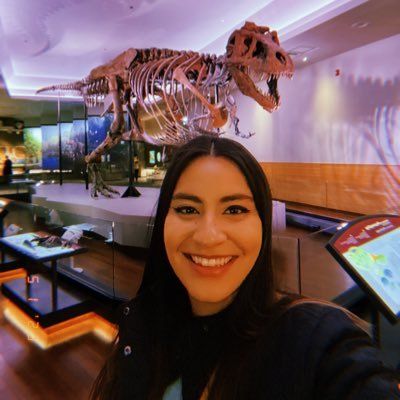
Articles
-
1 week ago |
azcentral.com | Tiffany Acosta
Arizona offers a variety of unique amusement parks and attractions beyond traditional theme parks. Options range from wildlife parks and mountain coasters to botanical gardens and inflatable water obstacle courses. Arizona may not have a Disneyland or Six Flags theme park, but don’t let that bother you. Arizona is packed with quirky amusement parks that deliver big fun in unexpected ways.
-
1 week ago |
yahoo.com | Tiffany Acosta
Arizona may not have a Disneyland or Six Flags theme park, but don’t let that bother you. Arizona is packed with quirky amusement parks that deliver big fun in unexpected ways. From the alpine thrills of Canyon Coaster Adventure Park in Williams to the retro-charming Castles N’ Coasters in Phoenix and the whimsical Makutu’s Island in Tempe, there’s something wild, weird and fun for everyone.
-
1 week ago |
azcentral.com | Tiffany Acosta
Arizona has about 2,500 beetle species. Beetles are identified by their hard, sheathlike front wings; six legs; and distinct head, thorax and abdomen. Most beetles are harmless but some, such as carpet beetles, can infest homes and cause damage. With over 1.5 million species of beetles crawling around the globe, it’s no surprise that about 2,500 of them call Arizona home — lucky us. But don’t panic, most are harmless, just out here living their crunchy little lives.
-
1 week ago |
yahoo.com | Tiffany Acosta
With over 1.5 million species of beetles crawling around the globe, it’s no surprise that about 2,500 of them call Arizona home — lucky us. But don’t panic, most are harmless, just out here living their crunchy little lives. From the charming lady bird beetle, a gardener’s best friend, to the enormous yet gentle palo verde beetle, Arizona is beetle central. During certain years, pine bark beetles in northern forests might take the crown for most abundant.
-
2 weeks ago |
azcentral.com | Tiffany Acosta
Scorpions have one long, tubelike heart and up to 12 eyes. Scorpions can run up to 12 mph and they have blue blood. Scorpions can survive underwater for up to 48 hours. Let’s face it, scorpions freak most of us out. With their pincers, creepy crawl and venomous stingers, they seem like nature’s little nightmares. But when scorpions aren't lurking in your shoe or swimming laps in your pool (yes, that happens), these ancient arachnids are pretty fascinating.
Journalists covering the same region

Kasey Brammell
Digital Content Producer at KNXV-TV (Phoenix, AZ)
Kasey Brammell primarily covers news in Phoenix, Arizona, United States and surrounding areas.

Lina Washington
Anchor and Reporter at KPNX-TV (Phoenix, AZ)
Lina Washington primarily covers news in Phoenix, Arizona, United States and surrounding areas including Glendale and Tempe.

Sean McLaughlin
Anchor and Reporter at KPHO-TV (Phoenix, AZ)
Anchor and Reporter at KTVK-TV (Phoenix, AZ)
Sean McLaughlin primarily covers news in Phoenix, Arizona, United States and surrounding areas.

Hayleigh Evans
Weather Reporter at The Arizona Republic
Weather Reporter at USA Today
Hayleigh Evans primarily covers news in Phoenix, Arizona, United States and surrounding areas including Tempe and Scottsdale.

Maritza Dominguez
Southwest Valley Reporter at The Arizona Republic
Maritza Dominguez primarily covers news in Phoenix, Arizona, United States and surrounding areas including Glendale and Tempe.
Try JournoFinder For Free
Search and contact over 1M+ journalist profiles, browse 100M+ articles, and unlock powerful PR tools.
Start Your 7-Day Free Trial →Coverage map
X (formerly Twitter)
- Followers
- 38
- Tweets
- 71
- DMs Open
- No

RT @WeAreSFJ: UTILITY FEATURE PORTFOLIO, DIV 3 Three stories that break down everyday life with clarity and consumer focus. 🥇 1st Place:…

RT @ReyCJrAZ: "What caused the Phoenix Lights? 28 years after the UFO drama, here's what we know." (More by @Tiffany87081221) https://t.co/…

RT @JRGzzTX: "Creepshow 2," uhm, creeped me out as a kid. And thanks to @Tiffany87081221 I now know two of the vignettes, "The Raft" and "O…
